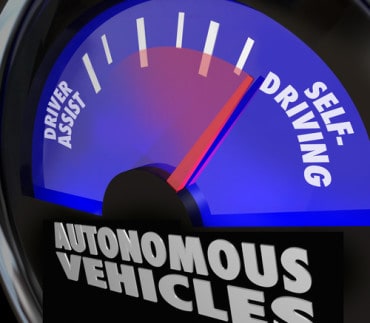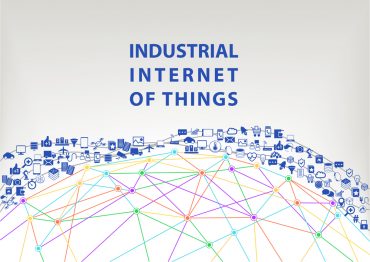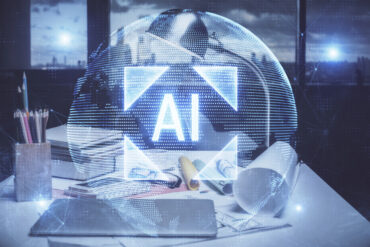
In 2018, expect the conversation around AI to shift to the enterprise, who will adopt AI as a means to enhance employee experience and remain agile.
For years, experts have been calling artificial intelligence (AI) the next frontier in technology, and recently, we have seen those predictions come to light for consumers. From Siri to Alexa, AI has manifested itself in a plethora of consumer-facing products that aim to assist and supplement the menial tasks of daily life. Just think: when was the last time you asked Siri to give you the temperature outside, to set a reminder on your mobile device, or to order a product from your favorite retailer?
As we enter 2018, the conversation around AI is beginning to shift to the enterprise, as companies across the globe are beginning to adopt AI as a means to enhance employee experience and remain agile in today’s technological environment.
See also: AI needs big data, and big data needs AI
However, the stakes for the tasks being carried out by AI in the enterprise are often much higher – and come with significantly greater risks. As such, enterprise AI must be adopted quite differently than consumer AI. Alexa can easily tell you the depth of the deepest point in the Atlantic Ocean with little consequence, but can she carry out a multi-million dollar deal seamlessly – and without human intervention? While the technology may be capable, the risk is often too large to take.
Yet, integrating AI into enterprises is imminent, and those businesses that fail to embrace this type of technology risk becoming extinct. The question is no longer whether to use AI in business, but rather, which specific tasks are appropriate for this technology and what are the best practices for making it most valuable for your business?
Businesses large and small will reap the greatest success with AI by focusing their attention on the following:
#1: Data storage — Creating and maintaining seamlessness in software solutions is no easy task, but it can be made fundamentally easier with AI. This is where the importance of data comes in – and becomes part of the technological solution. For example, many of our day-to-day technologies face constant upgrades that require support from IT teams. With AI and Big Data, this process – which takes up a significant amount of an IT team members’ time – can now be fully automated. Additionally, updates to the data itself can now be handled by technology, rather than by an employee.
#2: Security — Employing any type of technology comes with an added security risk. With AI, this risk is heightened by voice-driven solutions. Tying AI security into core business security, while also accounting for this additional peril, is a task that not all businesses can take on or carry out.
The easiest means of doing so requires utilizing the capabilities of AI to ensure secure data. Employing vocal or facial recognition for security checks is a good start. As AI continues to evolve, security will (hopefully) become more paramount and require more checkpoints, such as the person’s association, grouping, and title, etc.
#3: Consistent feedback — Perhaps the most important aspect in successfully utilizing AI for business is constant feedback. This enables users to understand exactly what the technology is doing and what it can achieve. Without these confirmations, employees will likely not utilize the solution to its fullest potential. Additionally, by showing users exactly how a decision was reached, employees are equipped to make better and more strategic decisions in the future.
#4: Citizen developer toolkits — AI technology should supplement human tasks and automate specific processes. Simply speaking, it should be a system of support for the employee. However, most individuals are not familiar with the technology – and many are still wary of its capabilities. Mathematics, data science, and engineering development are still vital in understanding the technology, but a new layer of training is essential. Those employees with an interest in or knowledge of this technology should be encouraged to explore and experiment with AI. This will help their colleagues understand the benefits and challenges of AI.
AI in the enterprise a relatively new phenomenon, and it should not be treated simply as an extension of consumer-facing AI. The difference between the two comes down to the extent of the risk: the more at stake, the less responsibility should be given to the technology, regardless of capabilities. Ensuring that the technology is utilized properly and for the appropriate tasks and that employees are trained in its capabilities, is paramount to the future of business.






























